The Rosy Boa (Lichanura trivirgata) is one of North America’s most beloved pet snakes, prized for its docile temperament, manageable size, and stunning color patterns. Native to the southwestern United States and northwestern Mexico, these captivating reptiles have specific habitat requirements that must be carefully replicated in captivity. Creating the perfect enclosure isn’t just about aesthetics—it’s about ensuring your snake thrives by providing an environment that mirrors its natural desert and rocky habitat.
Whether you’re a first-time snake owner or an experienced herpetologist looking to optimize your Rosy Boa’s living conditions, this comprehensive guide will walk you through everything you need to know about setting up an ideal home for these beautiful serpents.
Understanding Rosy Boa Natural Habitat
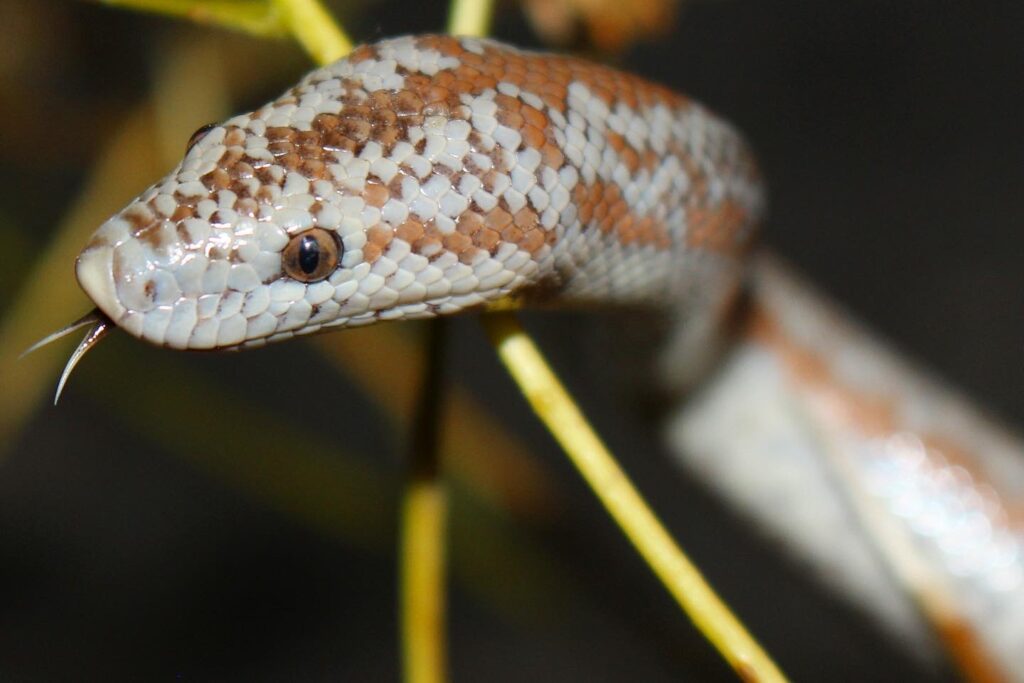
Rosy Boas are native to the arid regions of the southwestern United States and northwestern Mexico, primarily inhabiting desert, chaparral, and rocky foothill environments. In the wild, these snakes are often found seeking shelter under rocks, in rodent burrows, or among dense vegetation where they can escape extreme temperatures and potential predators. They experience significant temperature fluctuations between day and night, which is crucial to replicate in captivity.
Rosy Boas are primarily terrestrial snakes that prefer to remain hidden for much of the day, emerging primarily during dawn and dusk hours to hunt or explore. Understanding these natural habitat preferences is essential for creating an enclosure that will allow your pet snake to exhibit natural behaviors and thrive in captivity.
Selecting the Right Enclosure Size
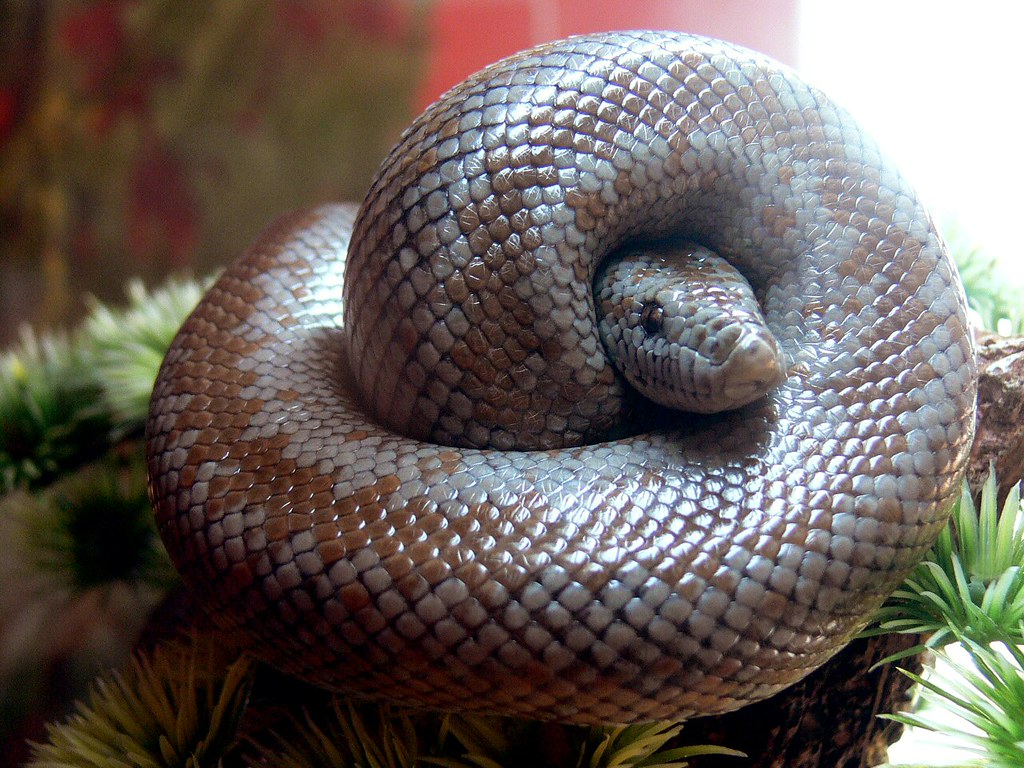
When housing a Rosy Boa, the enclosure size should be proportionate to the snake’s length while providing adequate space for movement and enrichment. For adult specimens, which typically reach 2-4 feet in length, a 20-gallon long aquarium (30″x12″x12″) represents the minimum acceptable size, though a 30-40 gallon enclosure offers more ideal space for natural behaviors. Juvenile Rosy Boas can be housed in smaller enclosures of 10 gallons, but they’ll quickly outgrow these accommodations within their first year.
It’s important to note that contrary to some reptile species, Rosy Boas don’t necessarily thrive in extremely large enclosures, as too much open space can actually cause stress due to their secretive nature. The ideal setup provides enough room for the snake to fully stretch out along at least two sides of the enclosure while still offering plenty of hiding opportunities to make them feel secure.
Choosing Between Glass, Plastic, and Wooden Enclosures
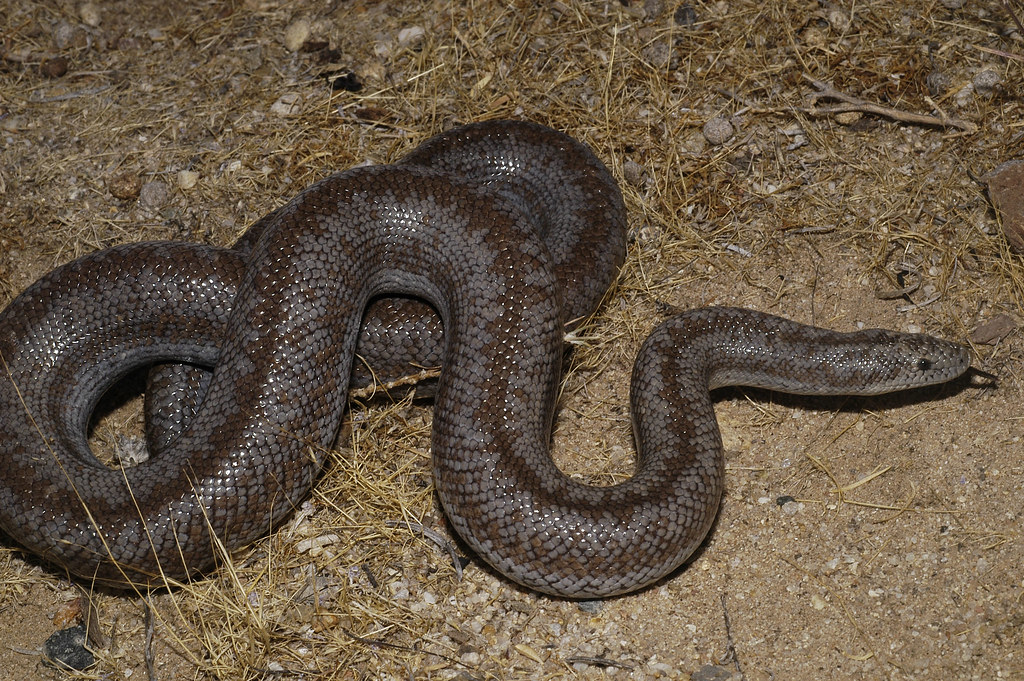
Each enclosure material offers distinct advantages and challenges when housing a Rosy Boa. Glass terrariums provide excellent visibility and durability while allowing for proper heat gradients, but they can struggle with humidity retention and may make some snakes feel exposed and vulnerable. Plastic enclosures, such as commercially available reptile tubs or custom PVC cages, offer superior heat retention, lightweight handling, and often feature built-in ventilation systems that help maintain proper environmental conditions.
Wooden vivariums excel at insulation and temperature stability while providing a more natural aesthetic, though they require proper sealing to prevent moisture damage and can be more difficult to thoroughly disinfect. The ideal choice depends on your specific situation, including your local climate, whether you prioritize viewing your snake or its sense of security, and your budget—with glass typically being the most affordable option for beginners and PVC offering the best long-term value for serious keepers.
Essential Heating Requirements
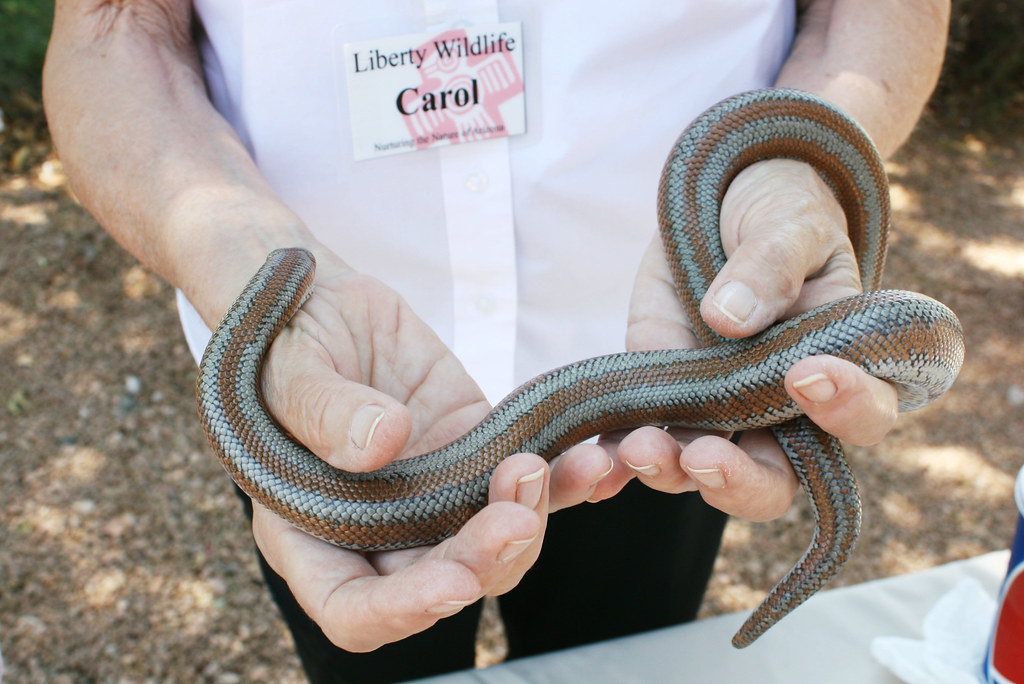
Proper temperature gradients are critical for a Rosy Boa’s health, digestion, and overall wellbeing. Create a thermal gradient with a warm side measuring 85-90°F (29-32°C) and a cooler side around 75-80°F (24-27°C), allowing your snake to thermoregulate by moving between areas as needed. Under-tank heating pads controlled by thermostats are ideal primary heat sources, as they provide the belly heat that Rosy Boas naturally seek when digesting meals or regulating their body temperature.
Ceramic heat emitters or low-wattage heat bulbs can supplement overhead heating if necessary, especially in larger enclosures or colder rooms. Never use hot rocks, as they can cause serious burns due to uneven heat distribution and direct contact. Always monitor temperatures using at least two reliable thermometers placed at both the warm and cool ends of the enclosure, and connect all heating elements to quality thermostats to prevent potentially fatal overheating.
Managing Humidity Levels
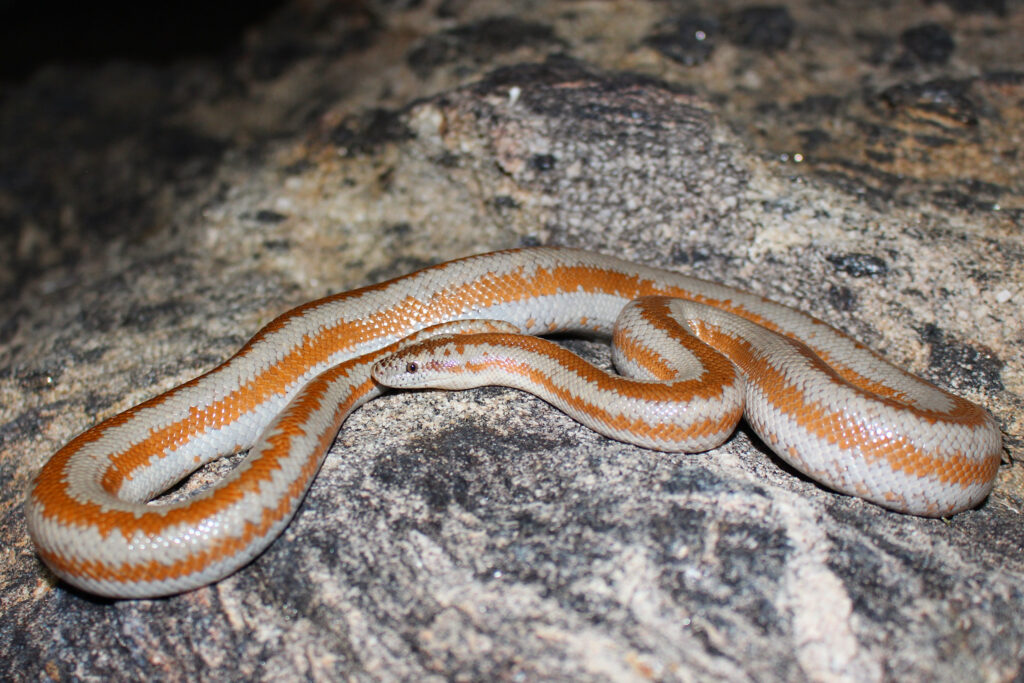
As desert dwellers, Rosy Boas thrive in relatively low humidity environments compared to many other snake species. The ideal ambient humidity range falls between 30-50%, which mimics their native habitat conditions while still providing enough moisture to support healthy shedding. Maintaining proper humidity involves strategic enclosure design, including appropriate ventilation through screen lids or ventilation holes that prevent moisture buildup while allowing for adequate airflow. During shedding periods, you can temporarily increase humidity by lightly misting one side of the enclosure or adding a humidity hide—a container with damp moss or paper towels where the snake can retreat when needing extra moisture.
Be vigilant against excessive humidity, as consistently damp conditions can lead to respiratory infections and scale rot in this desert-adapted species. Regularly monitor humidity levels with a reliable hygrometer placed in the middle of the enclosure, making adjustments to ventilation or misting schedules as needed.
Selecting Appropriate Substrate Options
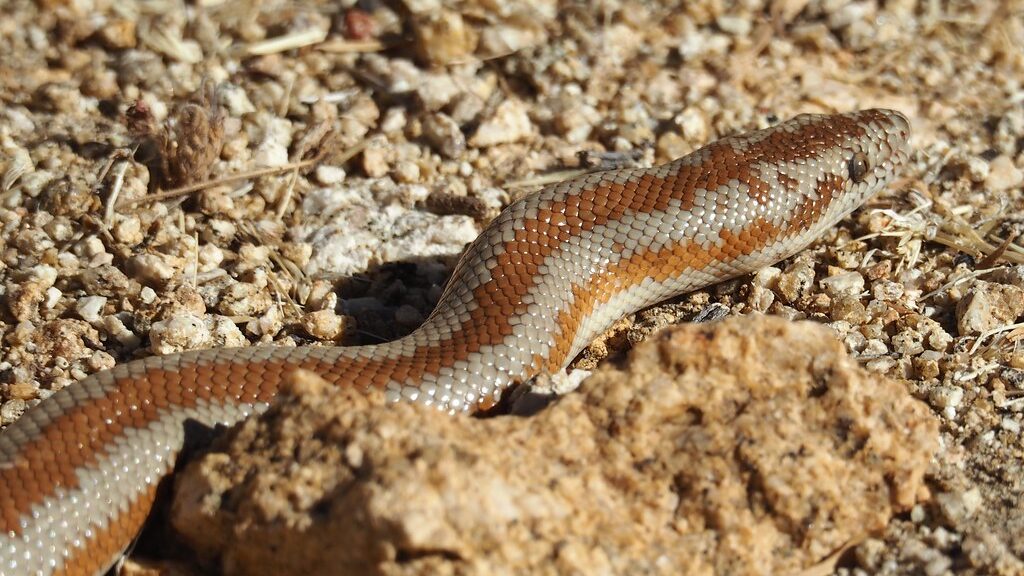
The substrate you choose forms the foundation of your Rosy Boa’s environment and significantly impacts both maintenance and your snake’s natural behaviors. Aspen bedding is highly recommended, as it’s absorbent, allows for natural burrowing behavior, and remains relatively dry in the low-humidity environment Rosy Boas require. Paper-based beddings like Carefresh or reptile-specific paper substrates offer excellent absorbency and easy cleaning, though they don’t support burrowing as effectively as aspen. Avoid sand or sand-based substrates despite the snake’s desert origins, as these can cause impaction if accidentally ingested during feeding and may harbor bacteria when soiled.
Cypress mulch and coconut-based substrates, while popular for many reptiles, typically retain too much moisture for Rosy Boas and should be avoided or used very sparingly in small, specific areas like a humidity hide during shedding. Regardless of substrate choice, maintain a depth of at least 2-3 inches to allow for natural burrowing behavior, and spot-clean regularly with complete substrate changes performed monthly.
Providing Essential Hiding Spots
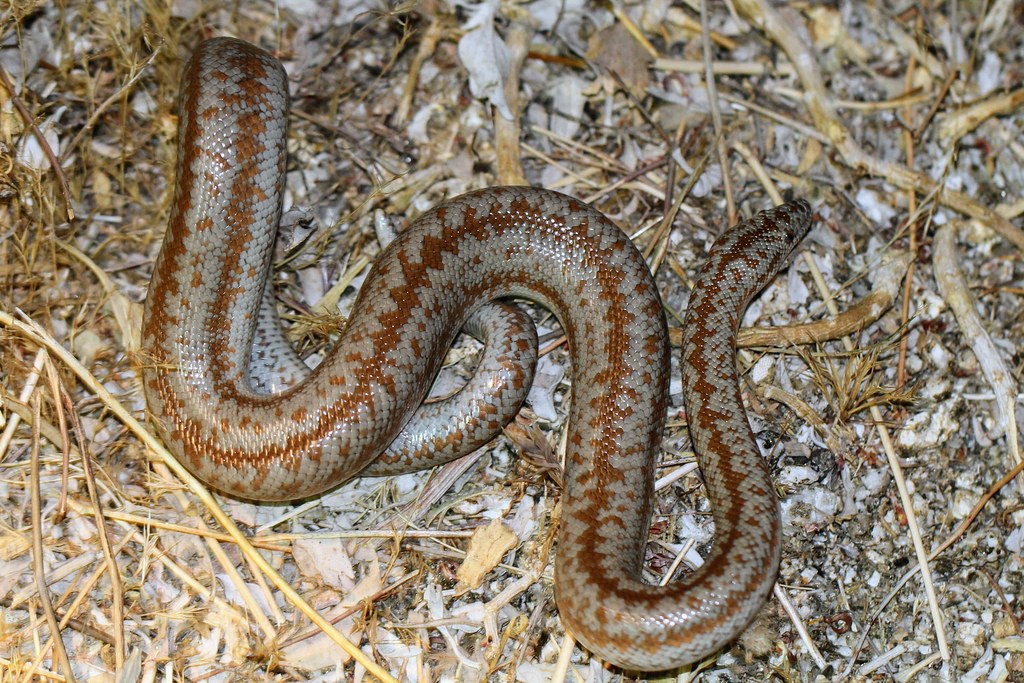
Rosy Boas are naturally secretive snakes that require multiple secure hiding locations to feel safe and exhibit natural behaviors in captivity. At minimum, provide two hide boxes—one on the warm side and another on the cool side of the enclosure—allowing your snake to thermoregulate while remaining concealed. Commercial hide boxes, hollowed cork bark, half-logs, and repurposed containers with entrance holes cut to size all make excellent hiding options, though the openings should be just large enough for the snake to enter comfortably without excess space.
The ideal hide should create a snug microenvironment where your Rosy Boa can press against multiple surfaces simultaneously, creating the secure feeling these serpents instinctively seek. For added enrichment and security, consider incorporating a humid hide filled with slightly damp sphagnum moss positioned in the middle of the temperature gradient, which provides an optional microenvironment with elevated humidity that can assist during shedding periods.
Creating an Enriched Environment
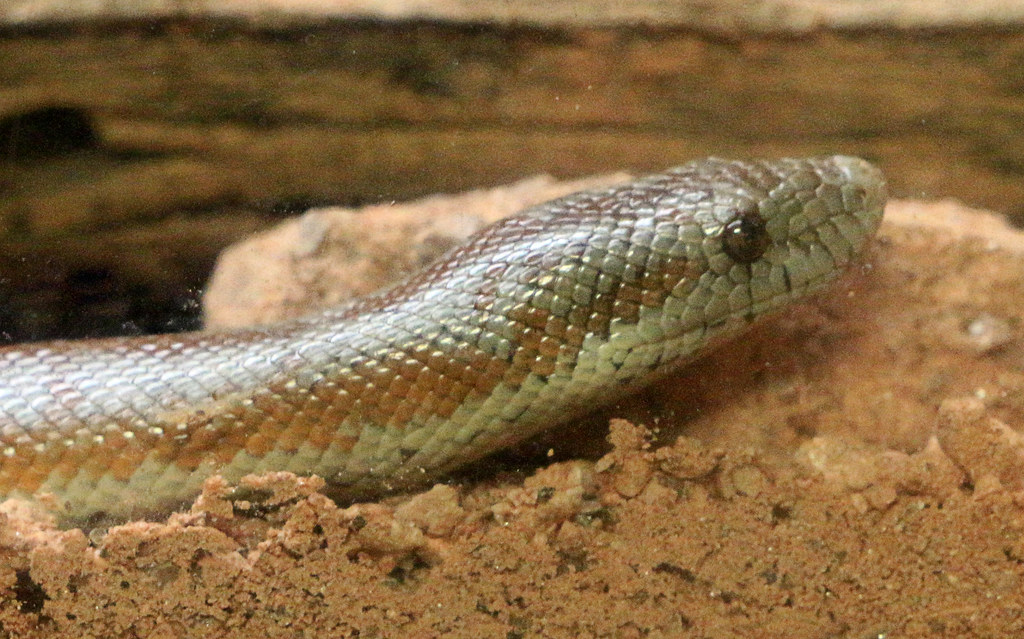
Beyond the essential components, an enriched enclosure provides mental stimulation and encourages natural behaviors in your Rosy Boa. Incorporate climbing branches or driftwood pieces that are securely positioned low to the ground, as Rosy Boas aren’t arboreal but will occasionally climb sturdy, stable structures. Artificial or live plants (ensure they’re non-toxic and secure enough to withstand a snake’s movement) add visual barriers that increase the snake’s sense of security while enhancing the aesthetic appeal of the enclosure. Strategically placed rocks and stone features can create basking spots and additional hiding opportunities, though ensure they’re arranged securely to prevent collapse and potential injury.
Background images or three-dimensional backgrounds depicting desert landscapes not only improve the enclosure’s appearance but can reduce stress by eliminating the snake’s exposure on one or more sides. Regularly rearranging these enrichment elements can provide novel experiences for your Rosy Boa, though maintain consistent locations for primary hides and water dishes to avoid unnecessary stress.
Water and Hydration Considerations
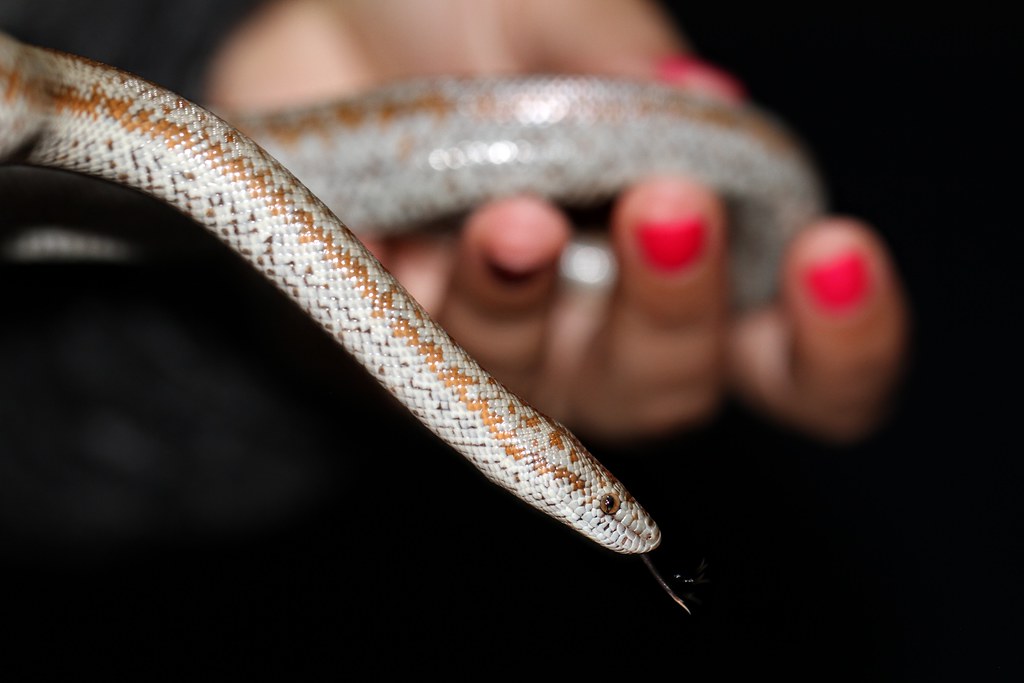
Despite their desert adaptations, Rosy Boas require constant access to fresh, clean water for proper hydration. Provide a heavy, shallow water dish that’s large enough for the snake to soak its entire body if desired, particularly important during shedding periods when additional hydration helps loosen old skin. Position the water dish on the cooler side of the enclosure to minimize evaporation and prevent unwanted humidity increases in the overall habitat. Ceramic dishes are ideal as they’re sturdy enough to prevent tipping, easy to clean, and don’t harbor bacteria as readily as plastic options.
Clean and refill the water dish at least every other day, immediately replacing any water that becomes soiled with substrate or waste to prevent bacterial growth. While Rosy Boas don’t require frequent misting like tropical species, an occasional light misting on the cool side of the enclosure can provide beneficial drinking opportunities as these snakes sometimes prefer to drink water droplets from surfaces rather than from standing water.
Lighting Requirements and Cycles
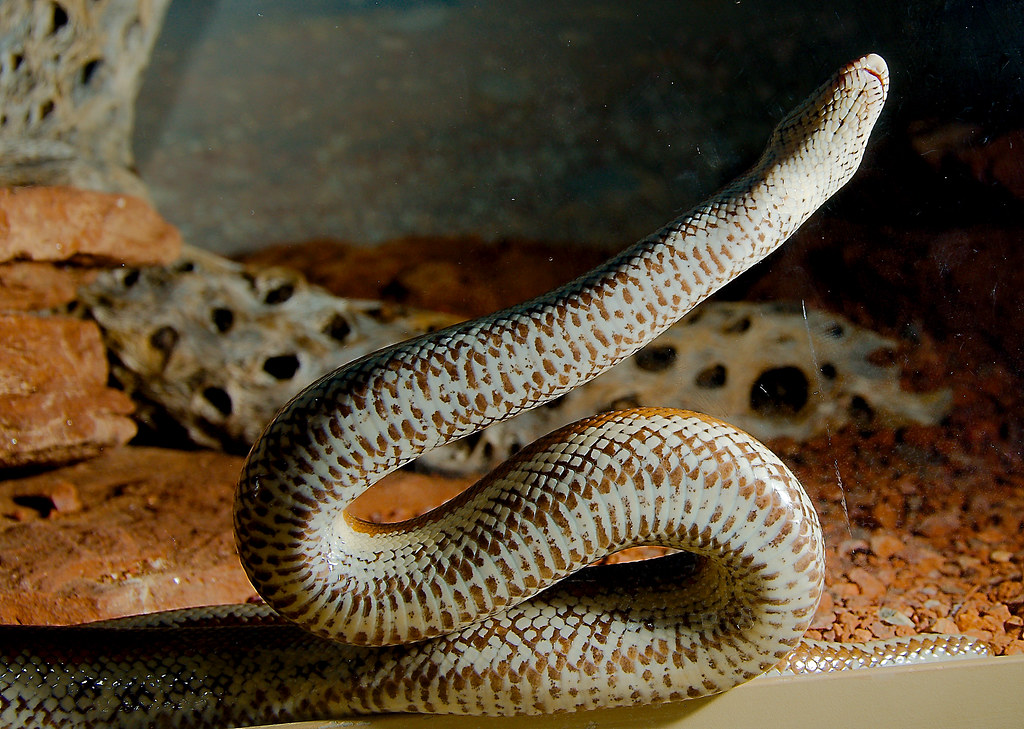
Rosy Boas don’t require specialized UVB lighting like many reptiles, as they’re primarily crepuscular and nocturnal in the wild, hunting and exploring during dawn, dusk, and nighttime hours. Nevertheless, maintaining a consistent light cycle of 12 hours on and 12 hours off helps establish normal behavioral patterns and supports the snake’s circadian rhythm. Standard room lighting is often sufficient, though a low-wattage LED or fluorescent fixture specifically for the enclosure allows for more controlled light cycles, especially in rooms with inconsistent natural lighting.
If using any lighting directly on the enclosure, ensure it doesn’t create hot spots that disrupt the carefully established temperature gradient. Some keepers opt for low-intensity red or blue night lights to observe their snake’s nocturnal activities, though these are optional and should be used sparingly as some research suggests even these specialized lights may disrupt natural behavior patterns. Automatic timers are highly recommended to maintain consistent light cycles even when you’re not home, creating a predictable environment that reduces stress.
Setting Up a Feeding Area
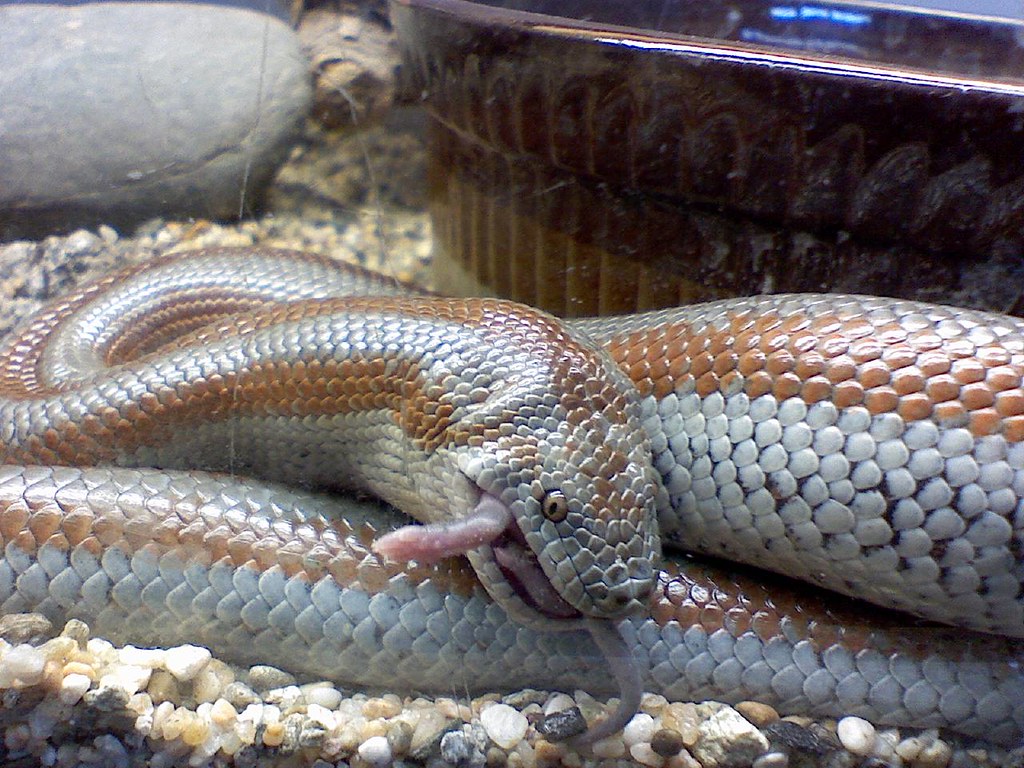
While dedicated feeding areas aren’t strictly necessary for Rosy Boas, establishing specific feeding protocols helps reduce stress and prevents accidental substrate ingestion. Many experienced keepers use a separate, bare-bottomed feeding container where the snake is temporarily placed during meals, eliminating the risk of substrate consumption and conditioning the snake to associate this container with feeding, potentially reducing feeding-response bites during regular handling. If feeding in the main enclosure, consider placing the prey item on a small feeding dish or plate that elevates it above the substrate.
Pre-killed prey items are strongly recommended over live feeding for both safety and ethical reasons, as live prey can injure your snake and cause unnecessary suffering to feeder animals. Appropriate prey size should be no larger than 1.5 times the widest part of your snake’s body, with adult Rosy Boas typically taking adult mice or small rat pups every 7-14 days, while juveniles require appropriately sized pinky or fuzzy mice offered more frequently.
Monitoring Equipment for Health and Safety

Reliable monitoring equipment is essential for maintaining optimal conditions in your Rosy Boa’s enclosure and preventing potentially dangerous environmental fluctuations. Digital thermometers with probe sensors should be placed at both the warm and cool ends of the enclosure, with the probes positioned at the substrate level where your snake spends most of its time. A quality hygrometer measures humidity levels, helping you maintain the 30-50% range appropriate for Rosy Boas while alerting you to potentially dangerous spikes that could lead to respiratory issues.
Thermostats are non-negotiable safety devices that regulate heating elements, preventing overheating that could prove fatal; invest in proportional thermostats that maintain more stable temperatures rather than basic on/off models that create wider temperature swings. Consider installing a simple camera system if you’re particularly concerned about monitoring your snake’s behavior when you’re not present, which can provide valuable insights into nocturnal activities and help identify potential health issues early. Maintain backup equipment for critical components like thermostats, ensuring you can quickly replace any malfunctioning devices that could compromise your pet’s safety.
Cleaning and Maintenance Schedules
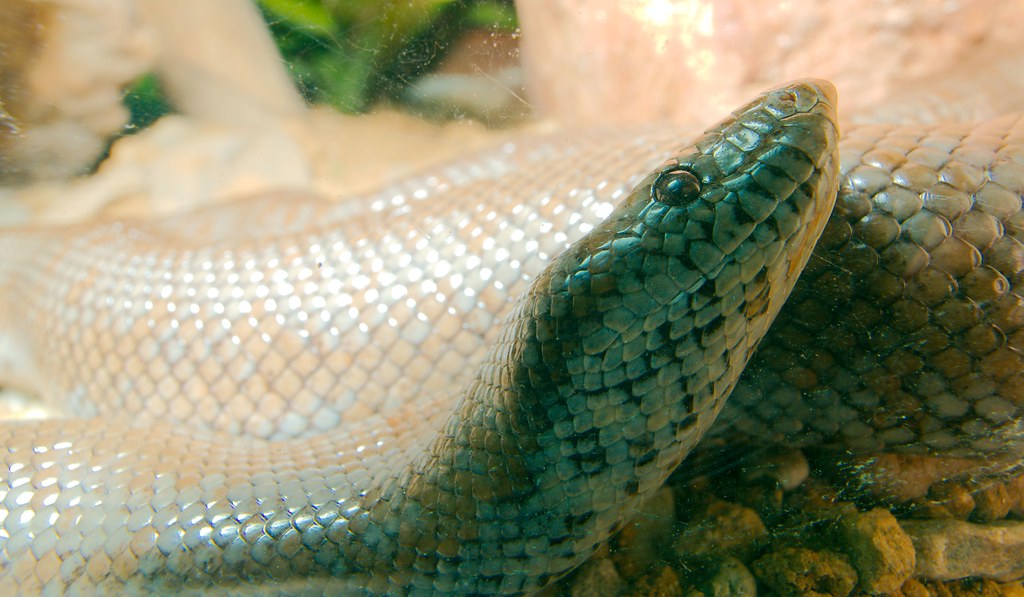
Establishing a consistent cleaning routine ensures your Rosy Boa’s enclosure remains hygienic while minimizing stress from excessive disturbances. Perform daily spot cleaning to remove waste, shed skin, and soiled substrate, focusing particularly on areas around water dishes and frequently used hiding spots. Water dishes should be thoroughly cleaned and refilled with fresh water every 1-2 days, using hot water and mild soap followed by thorough rinsing to prevent chemical residues. Conduct partial substrate changes every 2-4 weeks, replacing approximately one-third to one-half of the bedding while leaving some familiar-smelling substrate to reduce stress. Full habitat breakdowns and deep cleanings should occur monthly to bimonthly, depending on enclosure size and the snake’s habits, using reptile-safe disinfectants like diluted chlorhexidine or specially formulated reptile habitat cleaners. When performing complete cleanings, temporarily house your snake in a secure container with appropriate hide spots to prevent escape while you thoroughly disinfect all enclosure components, allowing everything to fully dry before reassembly and reintroduction of your Rosy Boa.
Troubleshooting Common Enclosure Issues
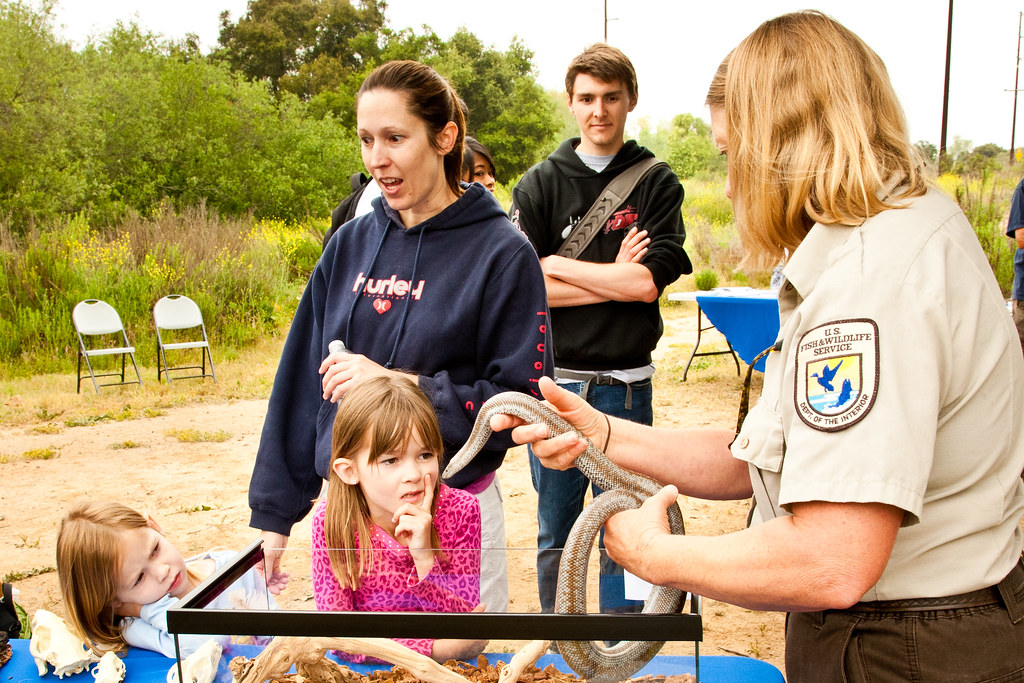
Even well-designed Rosy Boa enclosures can develop problems that require prompt attention to maintain your pet’s health and comfort. If your snake spends excessive time in one area, particularly pressed against the glass or constantly in the cool hide, evaluate your temperature gradient using accurate thermometers, as improper heating is often the culprit. Difficulty shedding, where skin comes off in patches rather than one complete piece, typically indicates insufficient humidity; address this by providing a dedicated humidity hide with damp sphagnum moss rather than increasing overall enclosure humidity, which could lead to respiratory issues.
Escaped Rosy Boas are surprisingly common due to their strong muscles and determined nature; prevent this by securing all lid clips, ensuring cable ports are sealed, and checking for any gaps larger than 1/8 inch which could potentially allow escape. Persistent refusal to feed often relates to enclosure stress; examine hiding opportunities, handling frequency, and ensure the enclosure isn’t placed in a high-traffic area with excessive vibration or disturbance. If mold appears in the enclosure, immediately replace all substrate, reduce humidity, increase ventilation, and thoroughly disinfect all surfaces and decorations before reintroducing your snake.
Conclusion
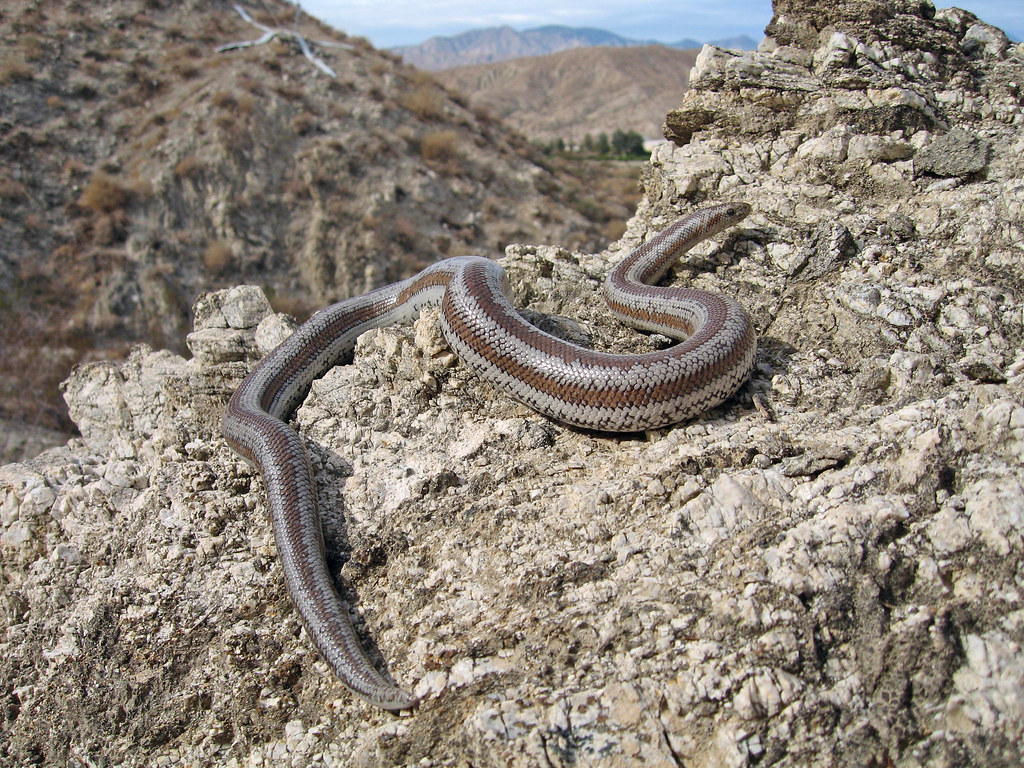
Creating the perfect enclosure for your Rosy Boa requires thoughtful planning and attention to detail, but the effort is well worth it to ensure your serpentine companion thrives in captivity. By carefully replicating the key elements of their natural desert habitat—appropriate temperatures, moderate humidity, multiple secure hides, and proper substrate—you’ll create an environment where your Rosy Boa can exhibit natural behaviors and remain healthy for its 20-30 year lifespan. Remember that enclosure setup isn’t a one-time project but rather an ongoing process of observation and refinement as you learn your individual snake’s preferences. With the comprehensive guidance provided in this article, you’re well-equipped to create not just an adequate habitat, but truly the perfect enclosure that will keep your Rosy Boa comfortable, secure, and thriving for many years to come.

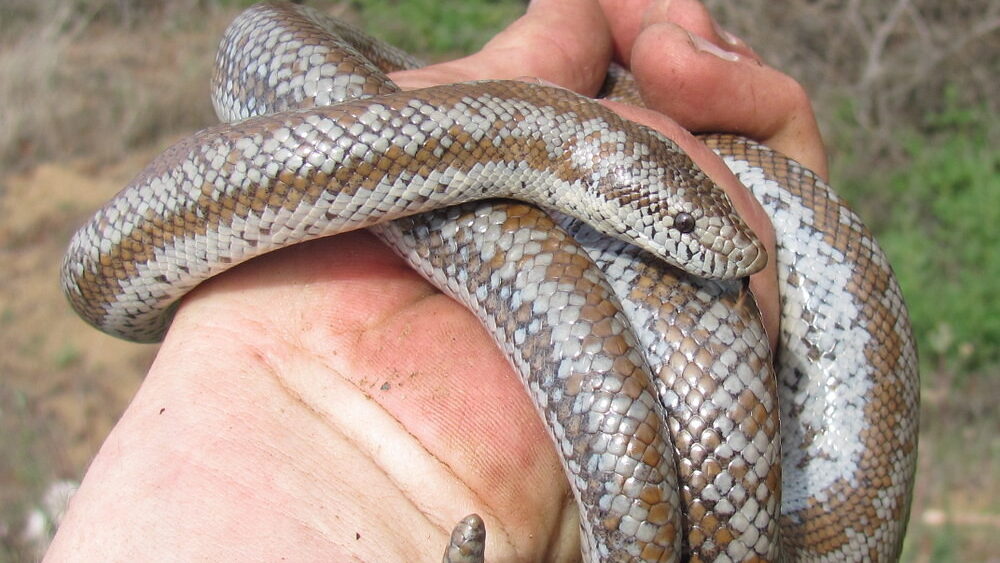
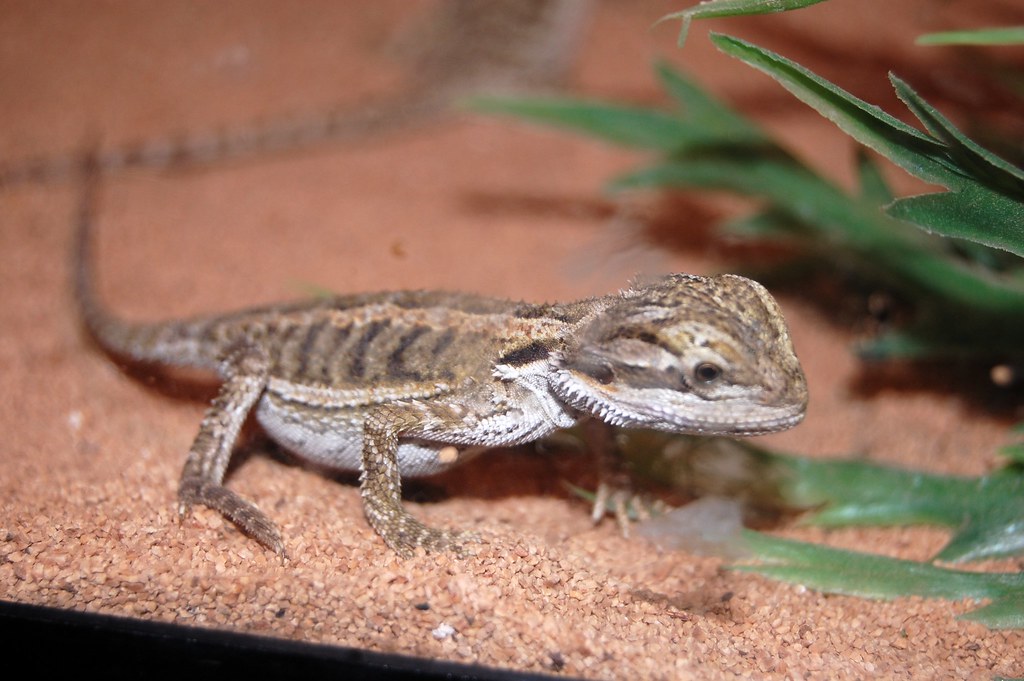
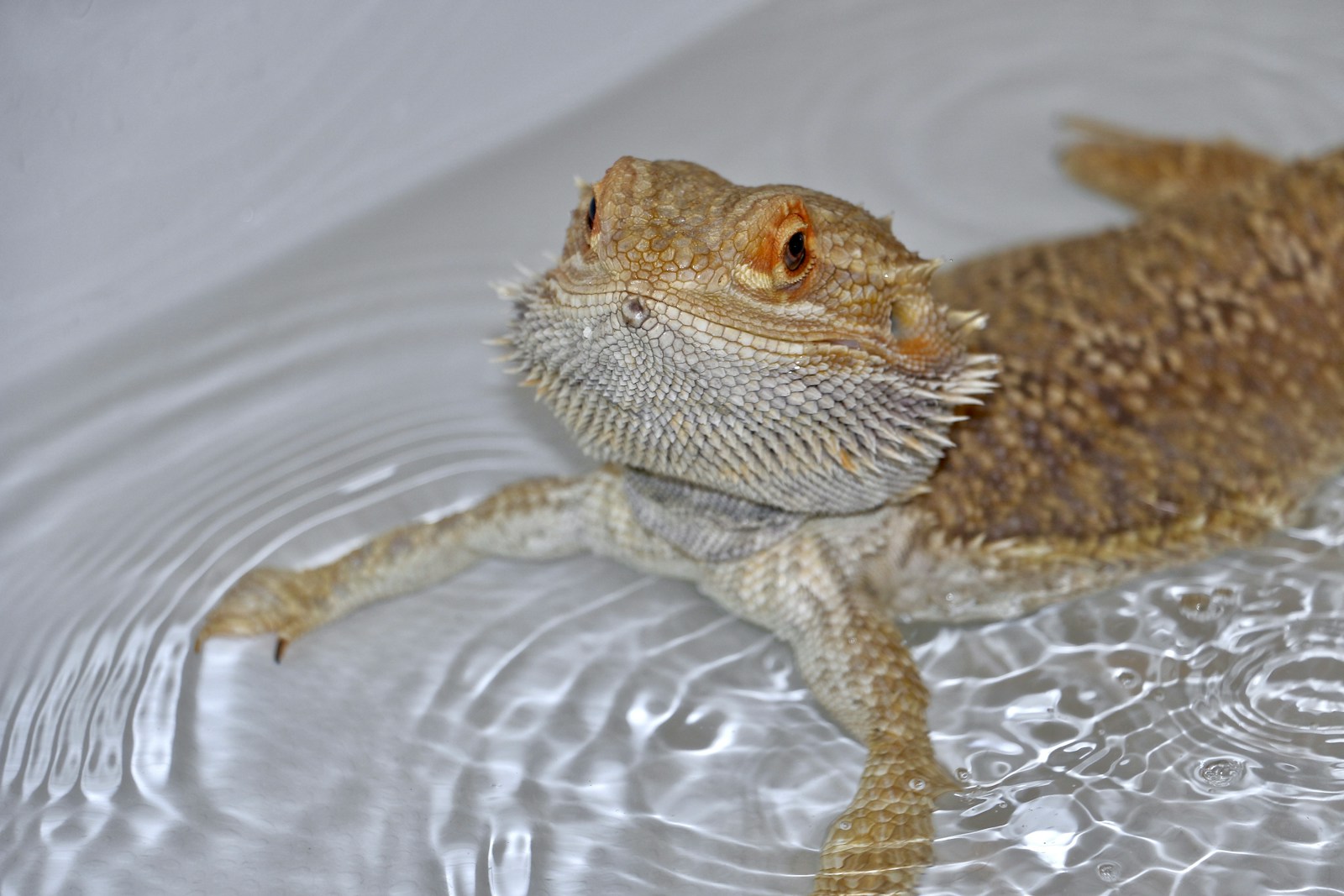
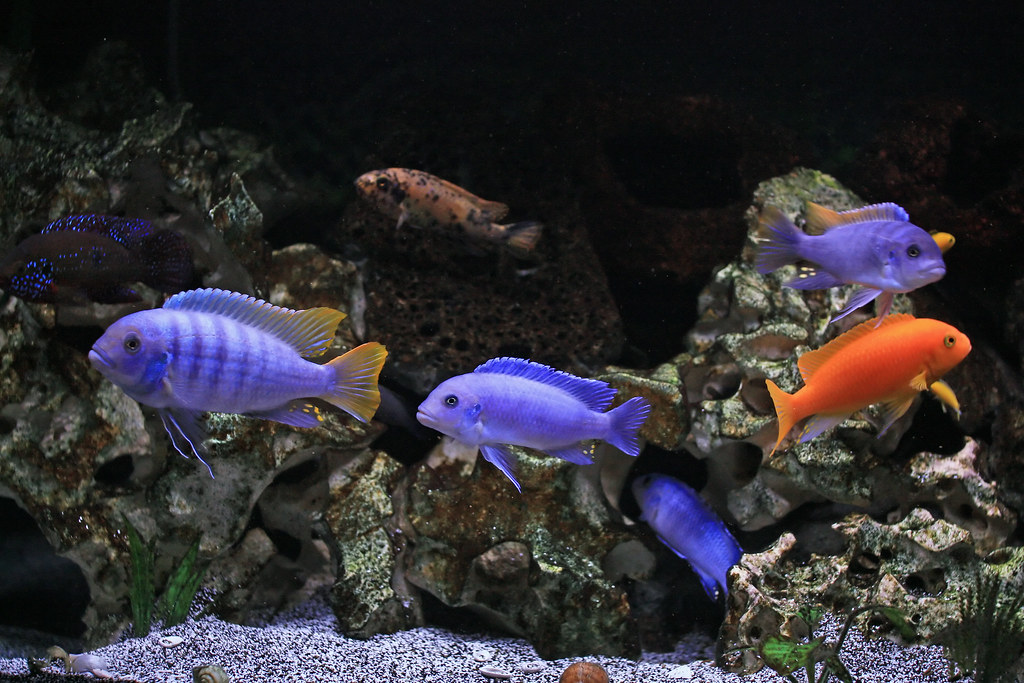
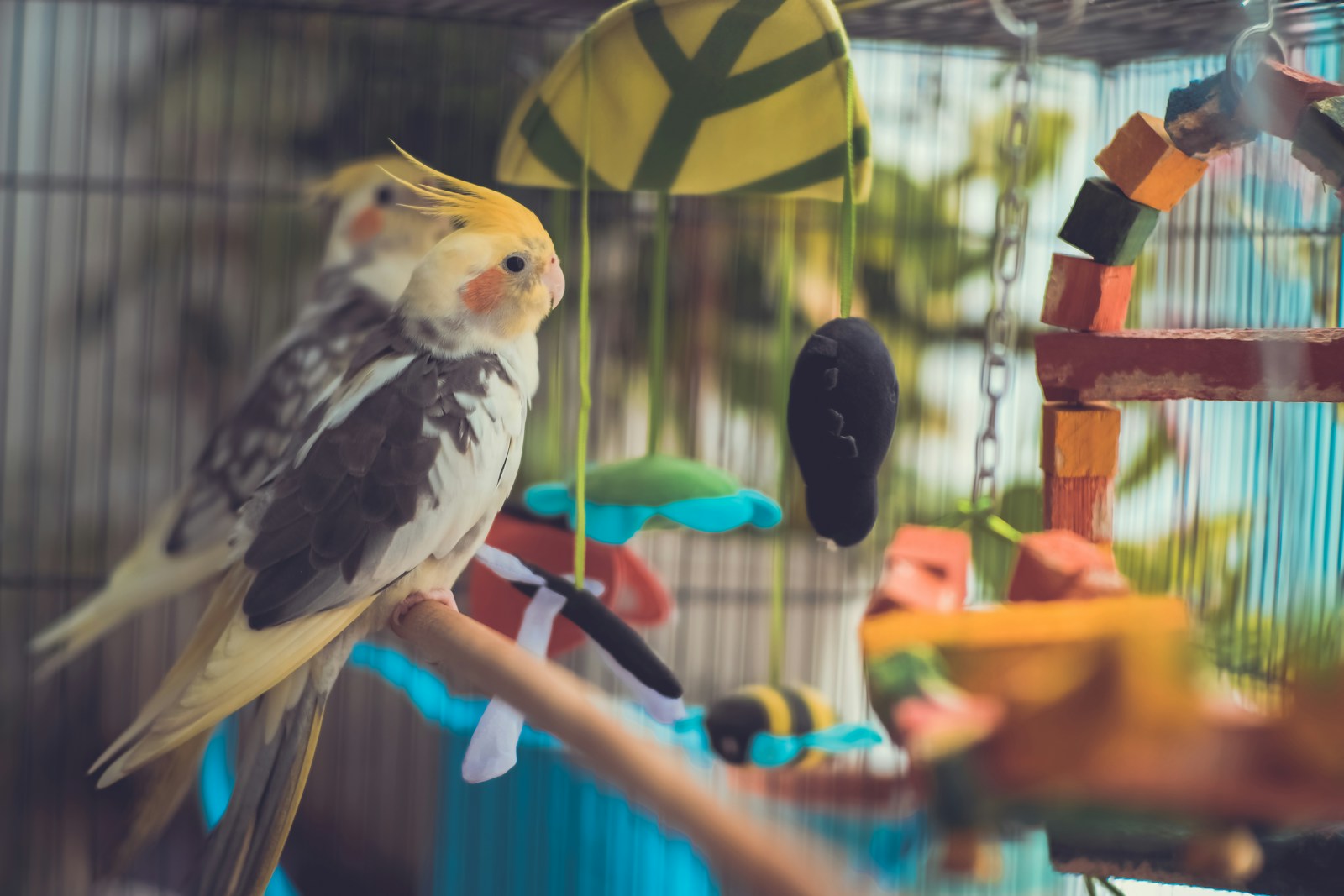
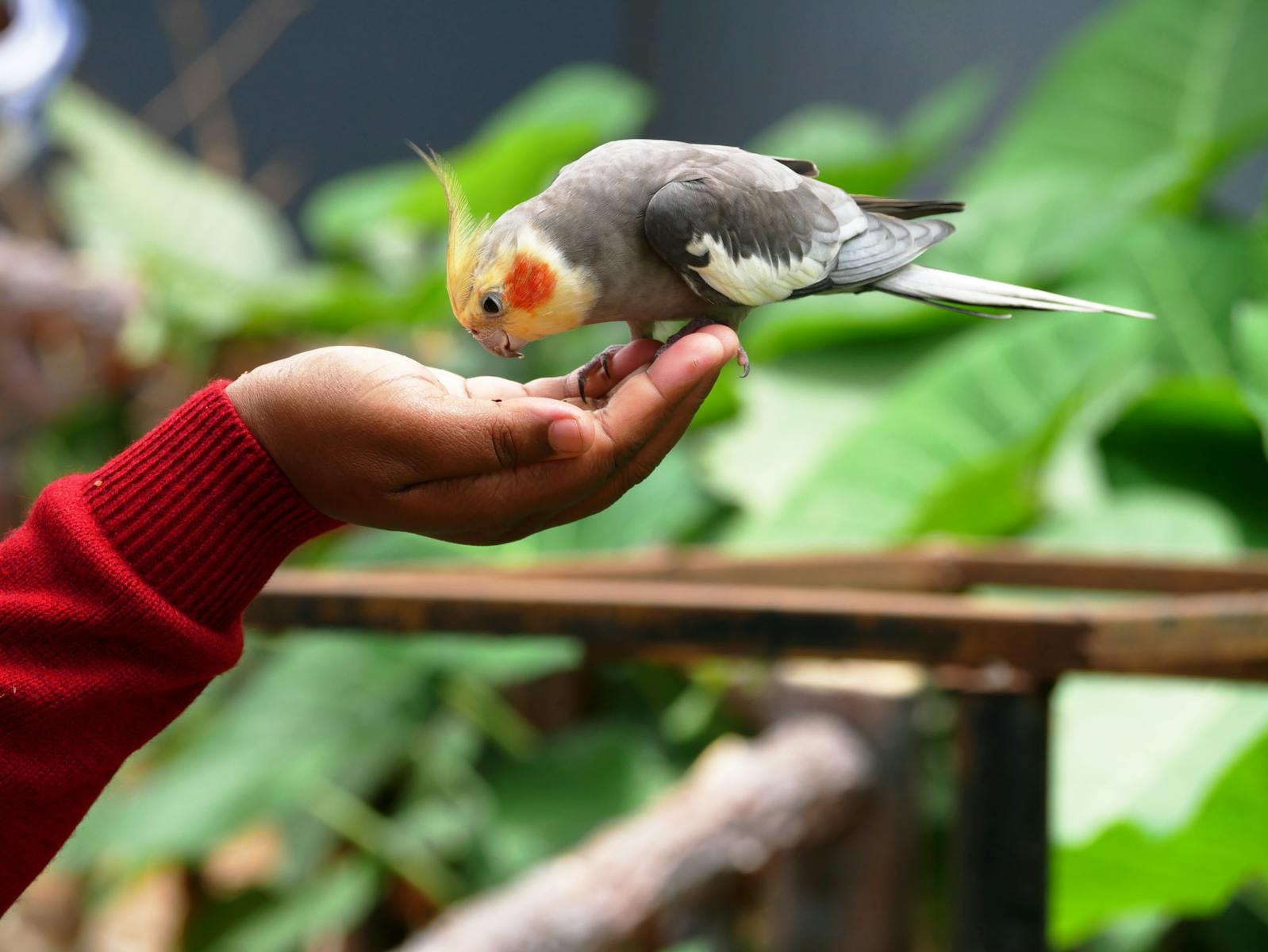
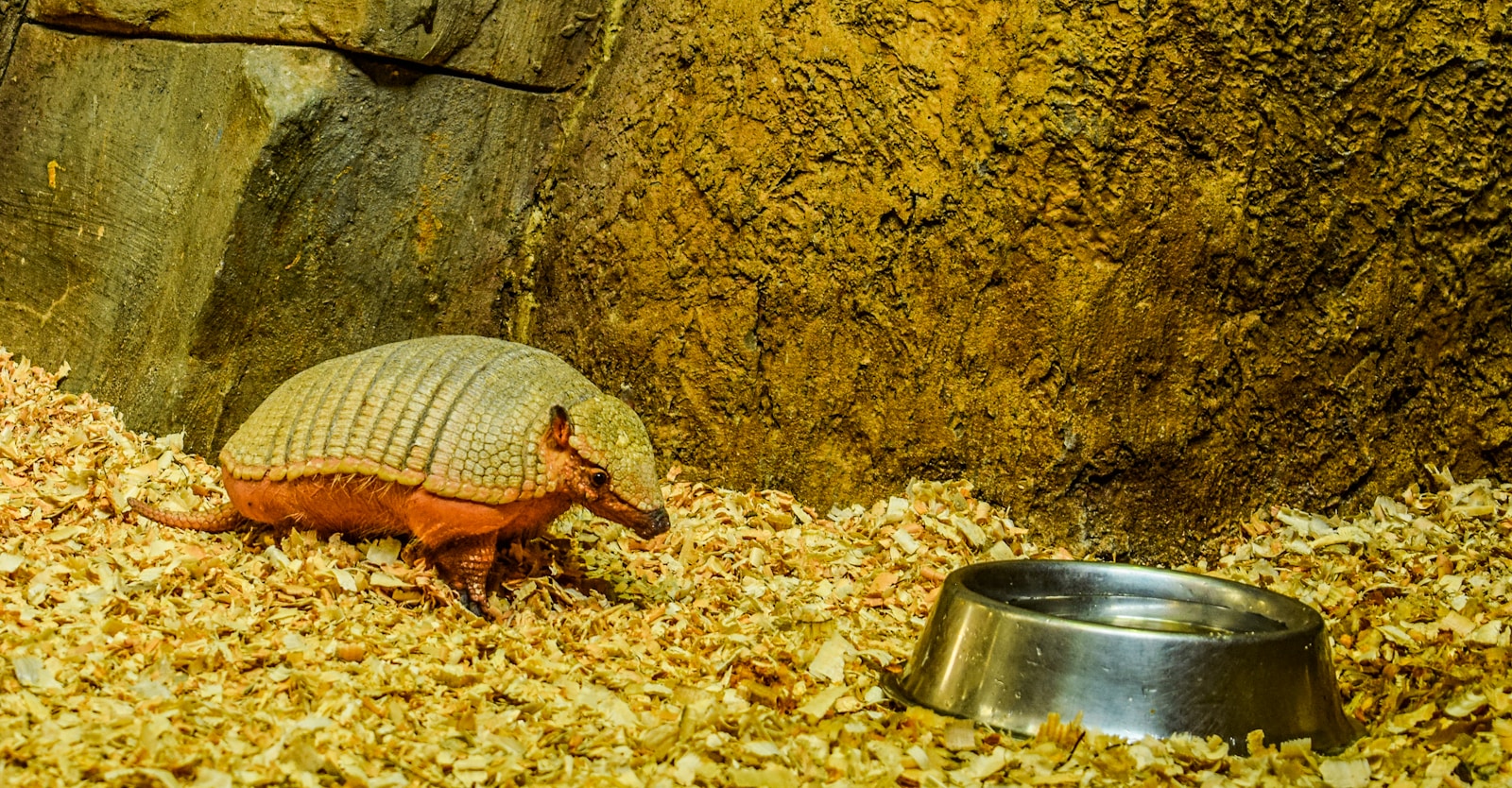
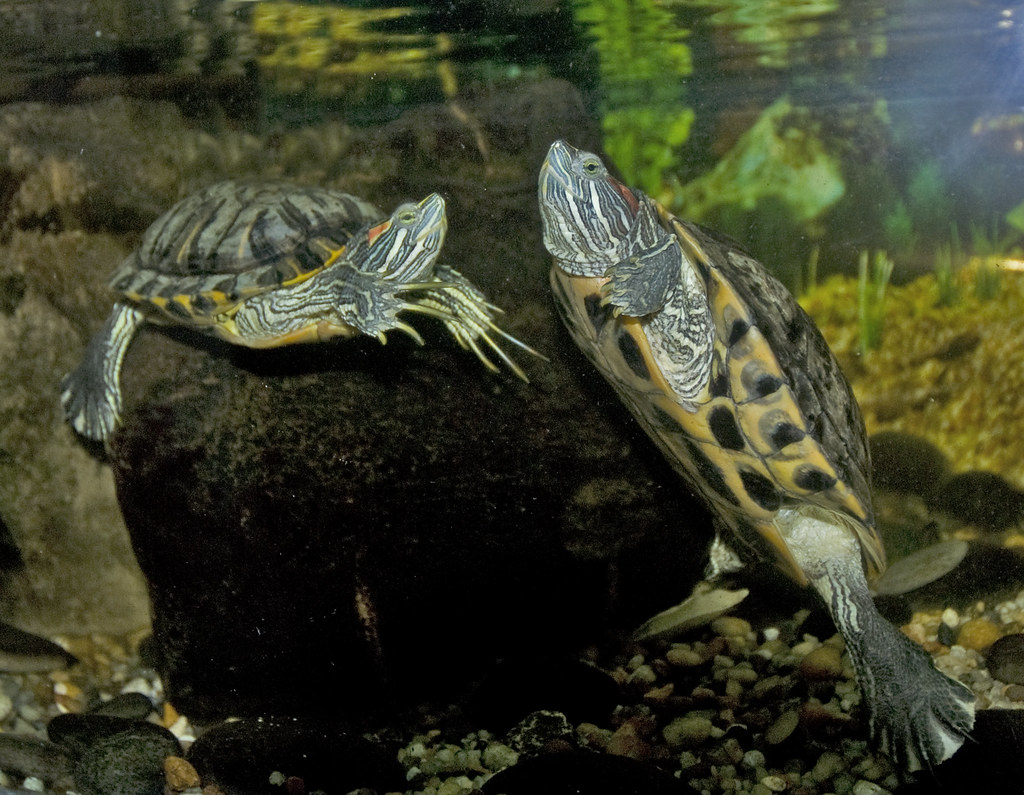
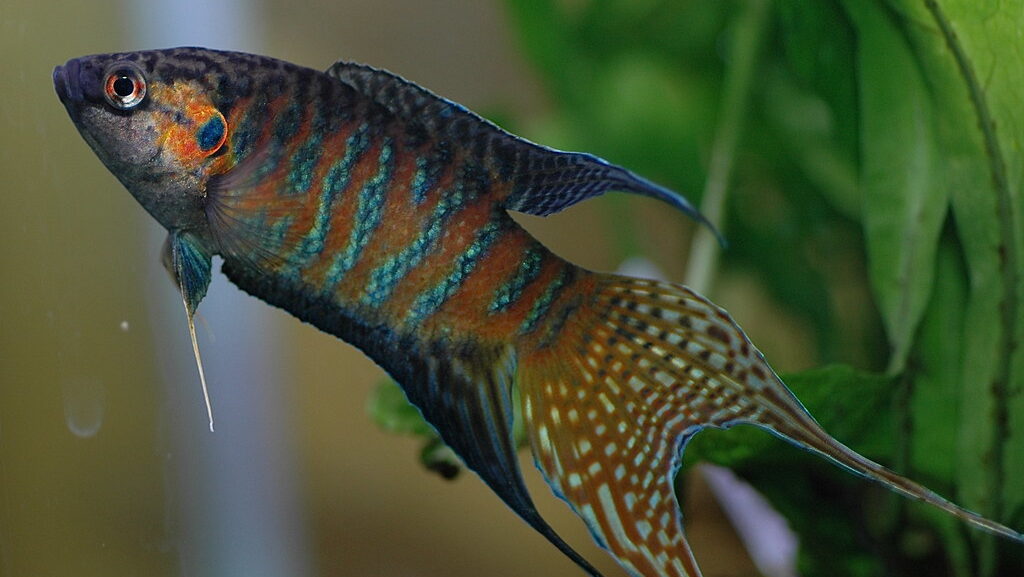

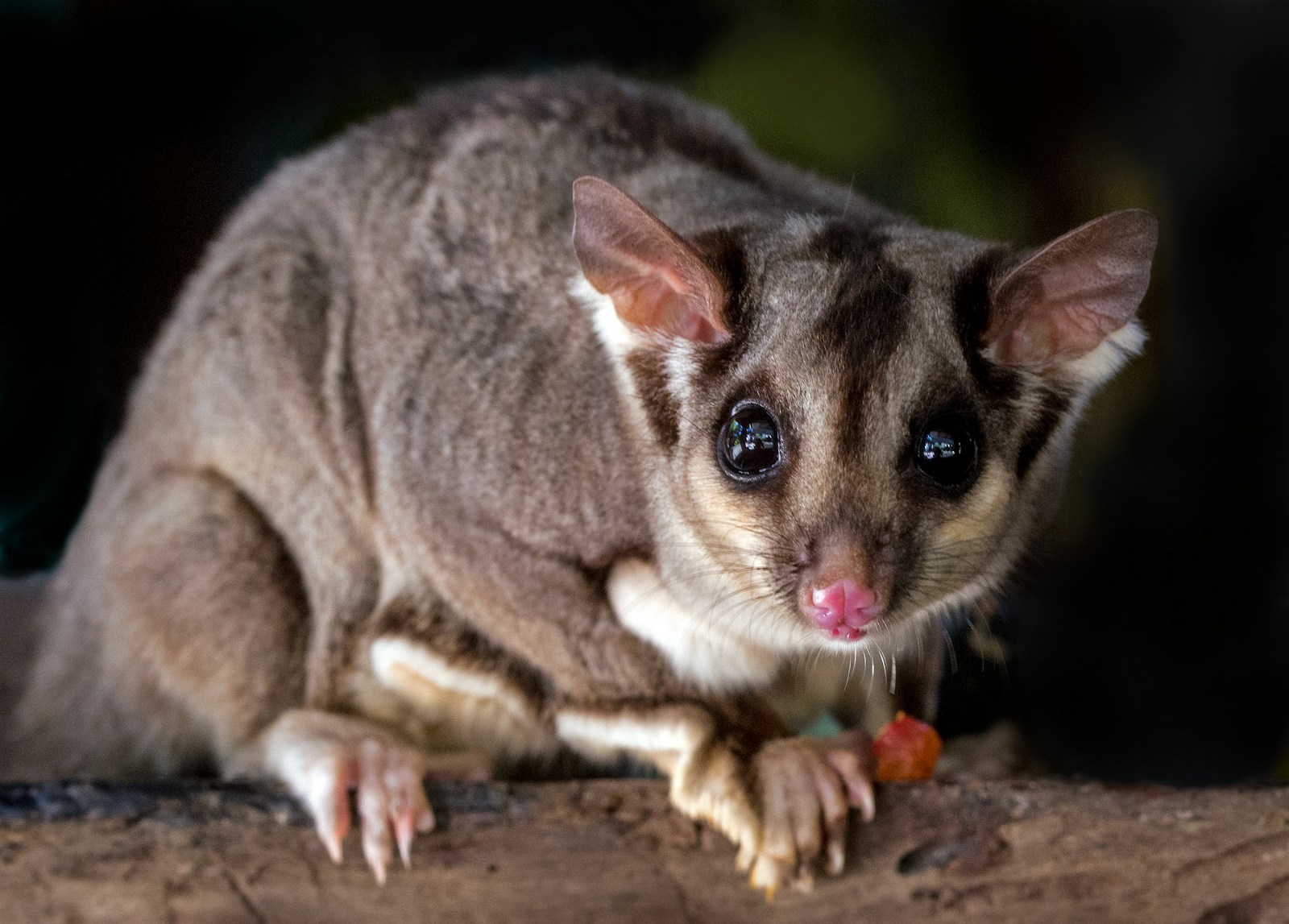




Leave a Reply